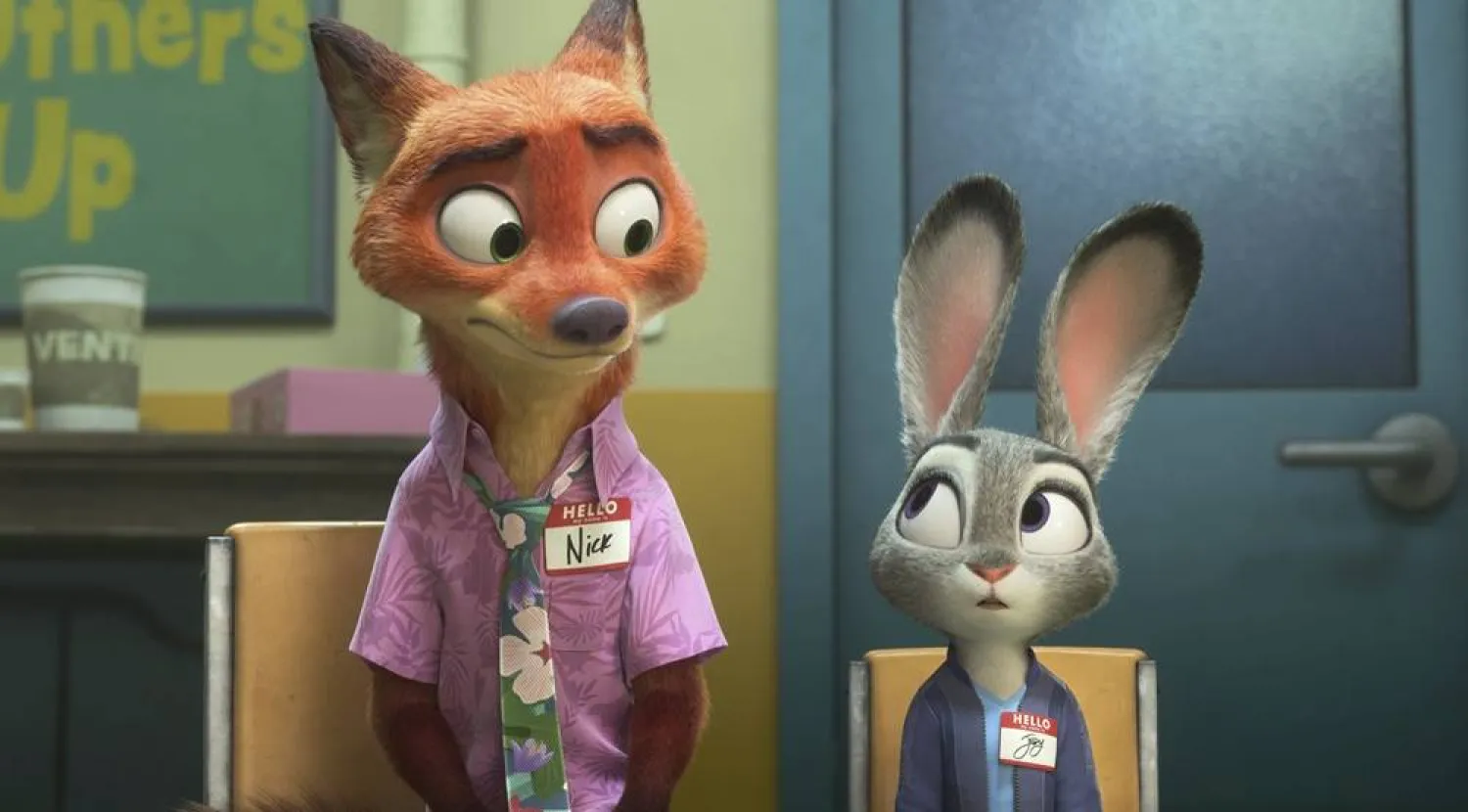After a string of live-action remakes, from “Beauty and the Beast” to “The Lion King,” the Walt Disney Co. has finally gotten around to “Pinocchio.” Along the way, there have been some nice performances, enormous heaps of CGI and, lest anyone forget, one very blue Will Smith.
Whether any of these movies have done much to improve the originals is very much up for debate, and undertaking “Pinocchio” poses even more particular challenges. Most pressing: What you do with Pinocchio? Nice kid and all. A little wooden. But if we’re being honest here, he’s always been a bit of a dud.
Do you cast a young actor to play the puppet once brought to life? Alongside some live performers (Tom Hanks, Cynthia Erivo) and some CGI characters, director Robert Zemeckis has used computer imagery to render Pinocchio (voiced by Benjamin Evan Ainsworth) much in the style and vocal pitch of the 1940 cartoon. The effect is an awkward fusion of fake and real that strains to find any magic in between. This “Pinocchio,” unfortunately, is no real boy, at all.
It’s also one of two adaptations of the fairy tale coming this fall. Zemeckis’ “Pinocchio” premiered Thursday on Disney+. Later comes a stop-motion version by Guillermo del Toro. The directors are magicians both, and they will surely have radically different takes on the old Italian tale. In a few months, we’ll be able to compare them, nose to nose.
Zemeckis’ film opens with a reminder of how foundational “Pinocchio” has been to the Disney myth-making machine. As the familiar castle logo plays with “When You Wish Upon a Star,” Jiminy Cricket (voiced by Joseph Gordon-Levitt) floats down under an umbrella to stake claim to the studio theme song. “Isn’t that a catchy little tune?” he asks.
But aside from any poignant corporate lineage, the original “Pinocchio” remains about as pure an example of Disney at its archetypal best as anything. Maurice Sendak once aptly described it as possessing “the golden glamour of a lost era; it is a monument to an age of craft and quality in America.”
Zemeckis’ film, in its ways just as representative of its cinematic era, keeps much of the 1940 film’s narrative shape but maintains little of its tension as a morality tale. Pleasure Island feels too much like where rafts of financially motivated remakes like “Pinocchio” might properly reside.
This time, the story — penned by Zemeckis and Chris Weitz — feels like it’s lurching from one set piece or song-and-dance number to another, with cameos from Erivo (in the flesh, as the Blue Fairy and “Wish Upon a Star” singer) and Keegan-Michael Key, as the voice of the deceptive red fox Honest John. Certainly, “Hi-Diddle-Dee-Dee (An Actor’s Life For Me)” has a different resonance in a movie where actors compete with CGI creations for oxygen.
The best reason to see “Pinocchio” is, unsurprisingly, Hanks, who brings a soulful melancholy to Geppetto. It’s a corollary to Hanks’ performance as another European-accented performance as Presley manager Tom Parker in “Elvis.” Only in that film, Hanks was the one pulling the strings on a big-tent star.
There are moments, still, that remind you of Zemeckis’ considerable powers. Enchantment doesn’t always feel so far away when the director has scale to play with, like when Jiminy floats gracefully down to the whale-like creature that has swallowed Pinocchio. Or when Pinocchio’s nose shoots out and Jiminy teeters on it like how Gordon-Levitt, as high-wire artist Philippe Petit, did at a higher altitude in “The Walk.”
If I’m picking a modern marionette to dance with, it’s “Annette,” Leos Carax’s 2021 wild and wonderful (and not so family friendly) musical opus with a simple, hand-crafted puppet at the center of another opera about art and parenthood. In that film, what was incongruous between the actors and the puppet was part of the film’s strange drama. It was fitfully ridiculous and emotionally devastating, and a reminder that real boy, or not, it makes no difference who are you.









